We took the smart #1 Premium to Johor Bahru and found the experience was still problematic.
A few months ago, I took the smart #1 BRABUS out to review and my mind was blown. The thing delivered instant performance and still feels like one of the fastest accelerating EVs I’ve ever driven, even though there have been quite a few that are faster on paper. Then some time later I got a call to take the #1 Premium – a version of the car with a single rear motor and without some BRABUS cosmetic and performance enhancements. At the time, this version was only 14% cheaper than the BRABUS while also dropping power and torque output by nearly 60%… It seemed like a ridiculous proposition, especially when the upside was just 10% more range.
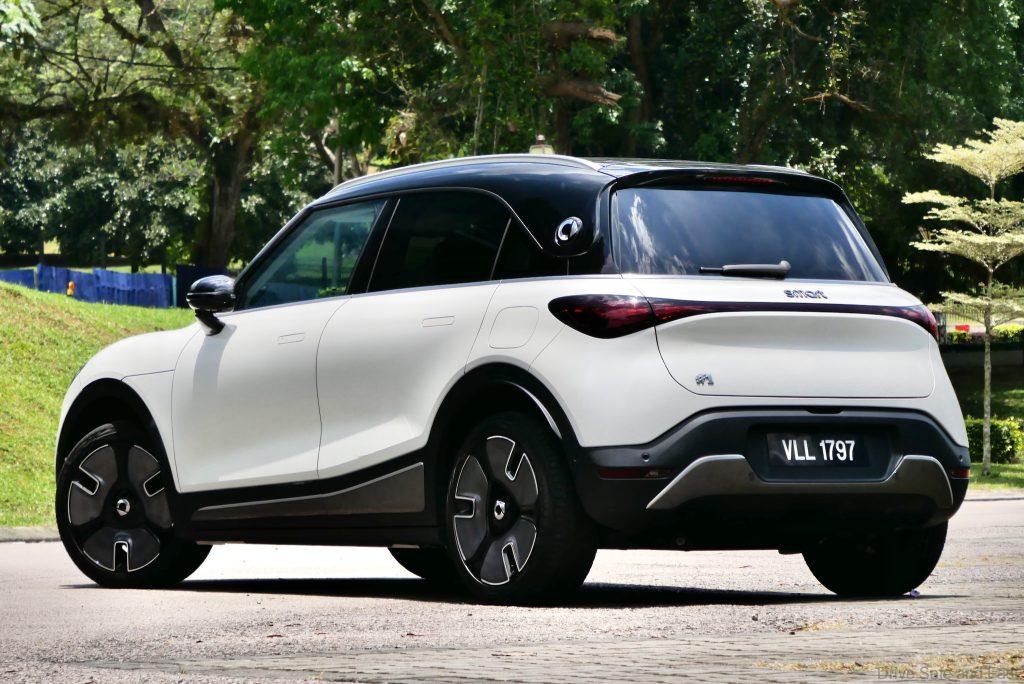
Now with a price drop, the Premium is about 19% cheaper than the BRABUS… So perhaps it is time I share my experience with the vehicle.
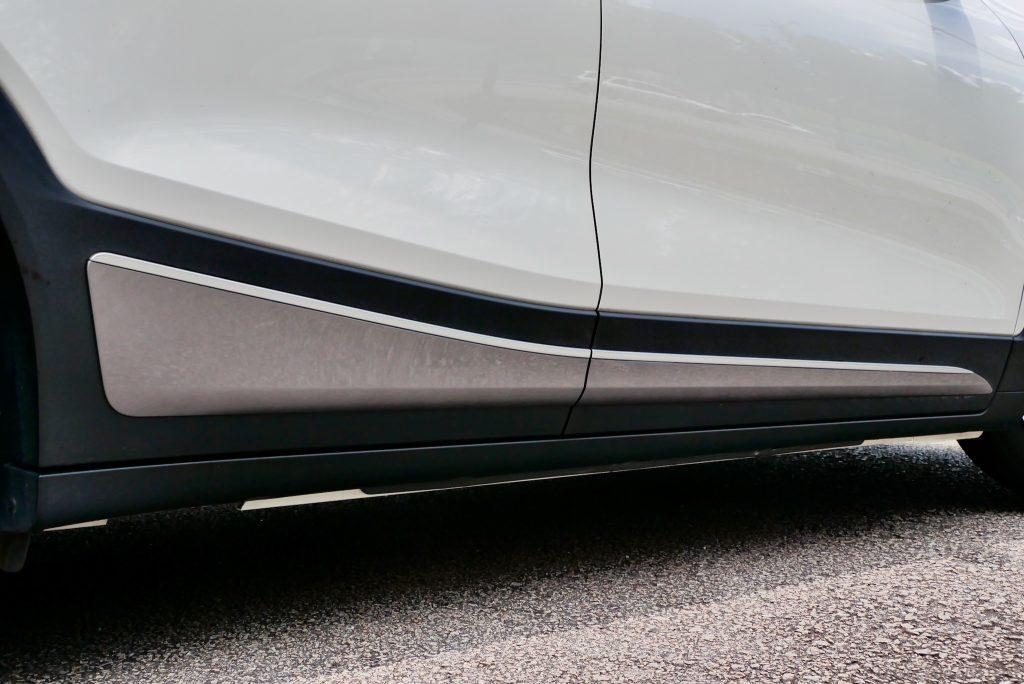
Less Is More
Most EV variants are structure in about the same way. You have the basic model with a single motor and a small battery to make for an attractive price point. These tend to have unusable range. Then there’s the performance halo model with 2 motors and a larger battery plus some unnecessary gimmicks. This variant is there for the marketing factor. The variant(s) between these extremes are where you’ll find the correct option.
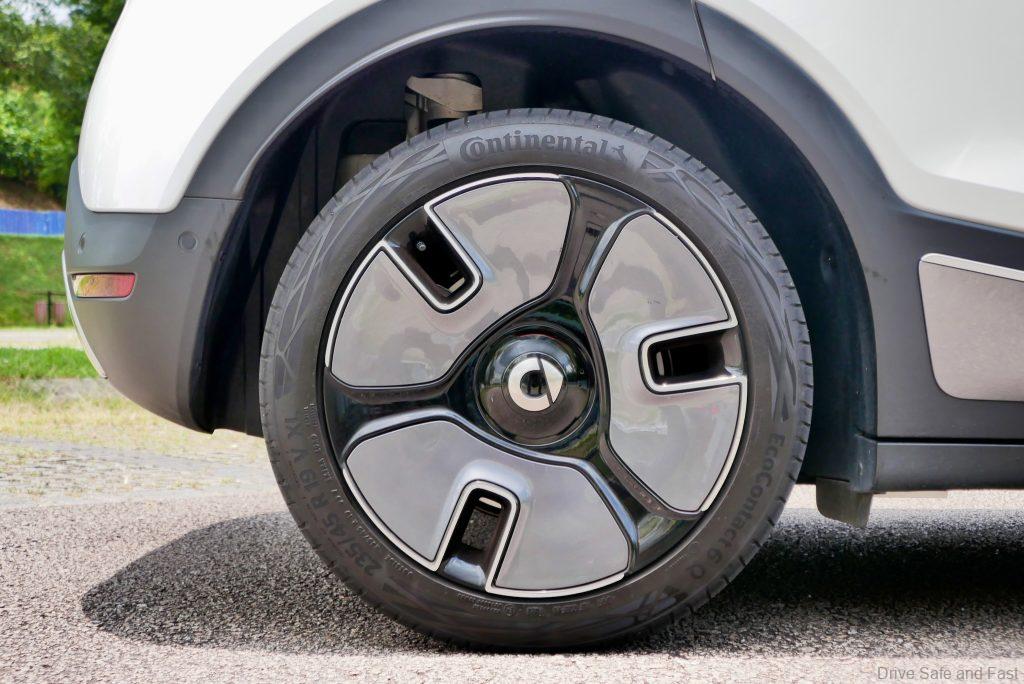
With the smart #1 Premium, I’m almost convinced that most people will find its off-the-line speed and daily comfort to be more than adequate. It’s not quite Golf GTI levels of competent, but it’s definitely a rung above Golf TSI in its capability. The only major let-down is of course weight, which you just can’t engineer your way out of. That being said, most EVs come with fairly sophisticated suspension systems and a low centre of gravity to cope with the added mass. The smart #1 is no exception, though it didn’t feel substantially softer than the BRABUS model.
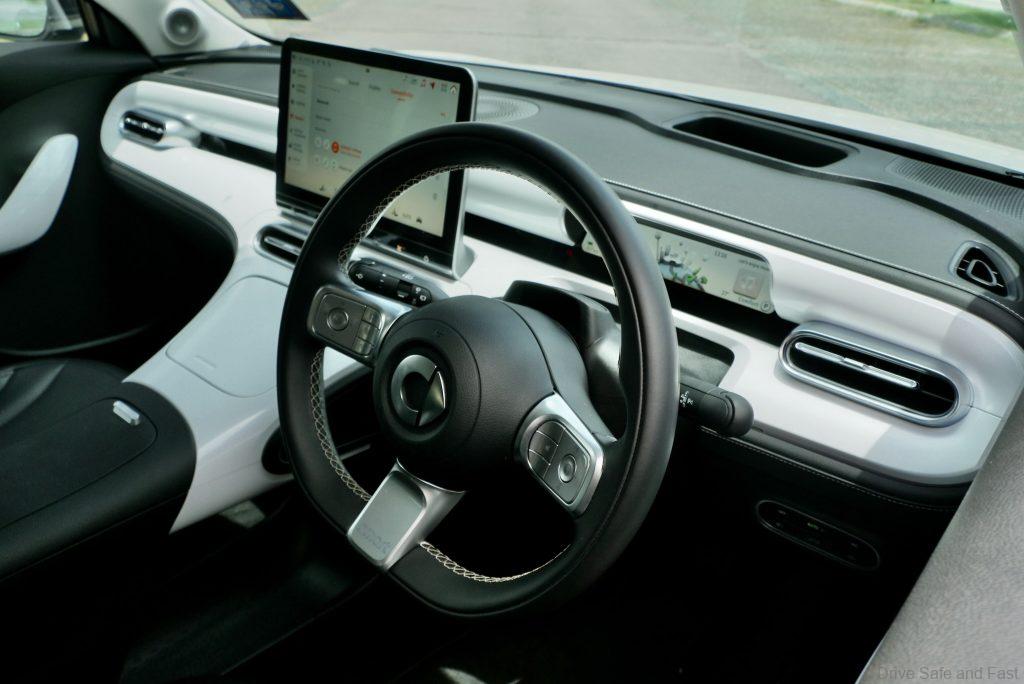
It’s not just the more suitable speed of the car that feels good on the Premium – I also feel the white dashboard actually works better as a whole versus the grey-painted dashboard of the BRABUS model, especially when the car itself if painted white. It’s a cleaner and futuristic look for the car.
Testing The Things I Left Out
When I reviewed the BRABUS model, there were a couple of aspects of the smart #1 that I just did not get around to testing – the practicality of its range for long-distance travel and the viability of its application to find and pay for chargers. This time around with the #1 Premium, I killed both of those birds with one stone by taking a trip down to my hometown of Johor Bahru.
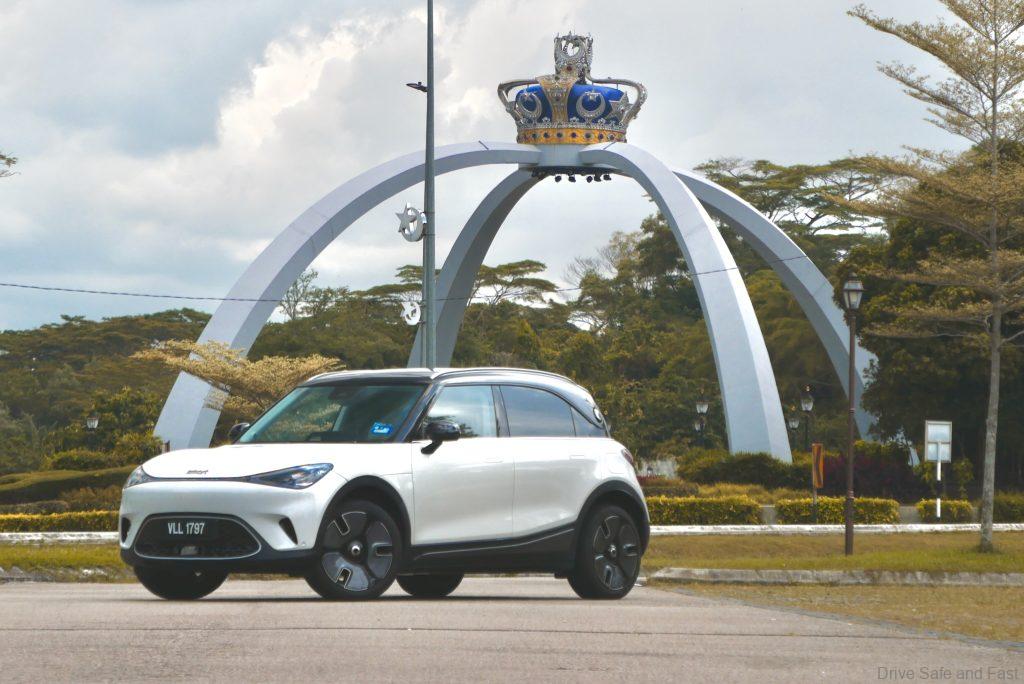
As the title hints at, my journey was not completely smooth. I am happy to report that the Hello smart app works as advertised. I managed to charge up at the same Ayer Keroh Caltex station as before. The issue this time around though was that the JomCharge DC charger there was completely offline when I arrived. At first I thought it was a problem with the smart app, but then I realised the same charger wasn’t available on JomCharge’s own app. A helpful member of staff came to my aid and gave the station operator a call to reset its software. Between me realizing the problem was with the station and the charger being reset, about 15 minutes had passed. Time on the road during interstate journeys is not something I so willingly give away. You get fatigued, traffic builds up, and well, time itself is precious. 15 minutes on the road is 15 minutes I don’t get with my loved ones on a weekend. So, even though my charge up was ultimately free thanks to the charging credits preloaded on the Hello smart app, I still ended up paying with currency that I can never make back.
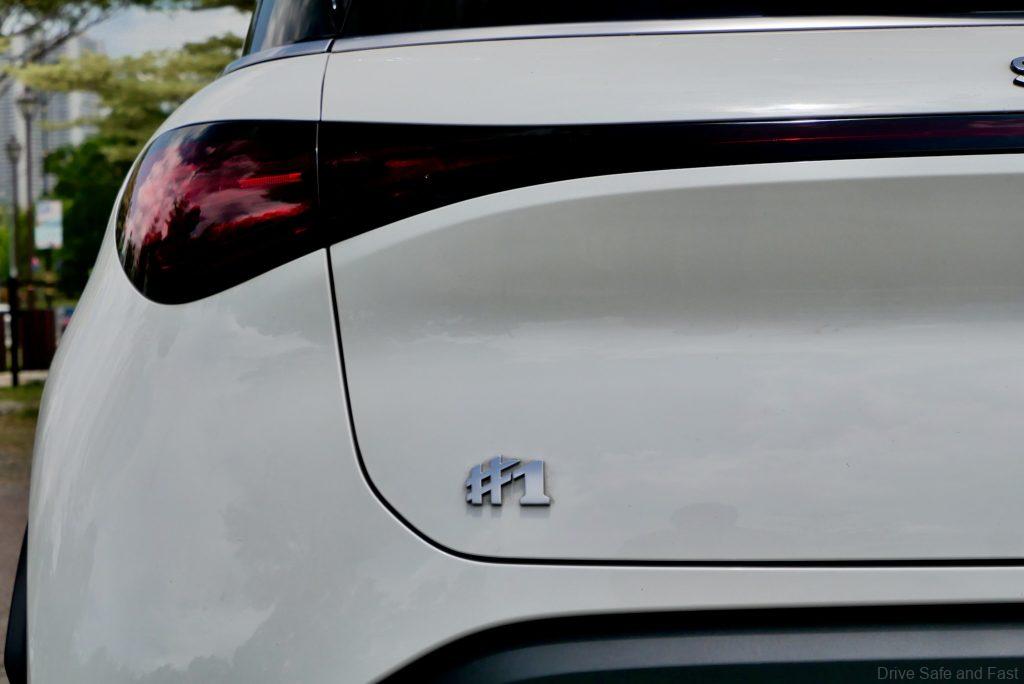
This isn’t a particular weakness of the smart #1 Premium but of EVs in general. However, the #1 Premium comes with a battery capable of just 440km of range which means more frequent stops to charge up compared to a more inexpensive BYD Seal or a more premium Mercedes-Benz EQE so it is definitely relevant to the review.
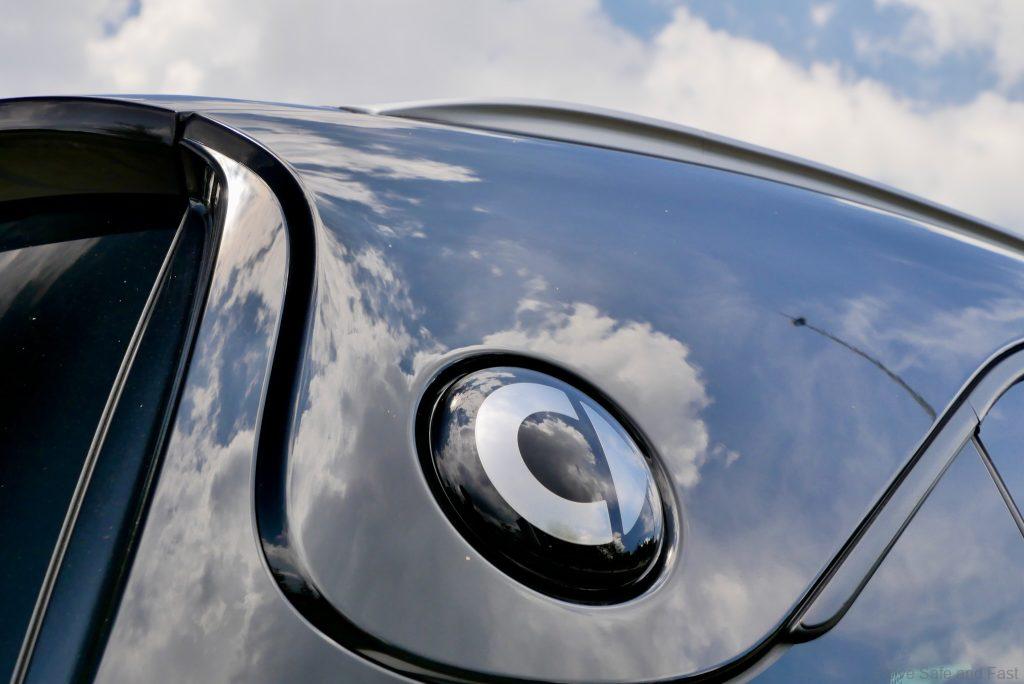
Cost Savings?
While it is true that charging an EV at home costs less than paying for petrol, the reverse is true when fast charging. On my way back to KL, I stopped at the Porsche-Shell High-Speed charging station and used the ParkEasy app to pay for a quick top up.
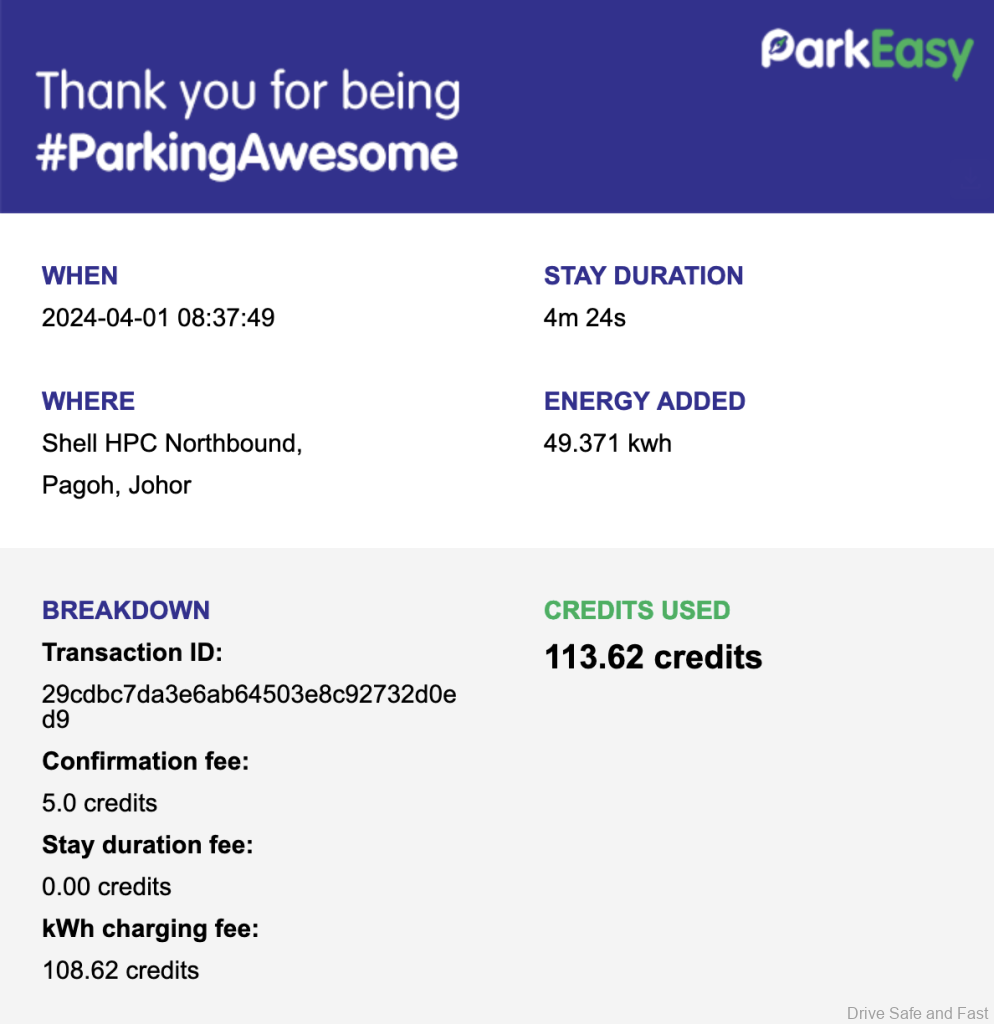
Some random stranger who was refueling his C-Class came over to me and started asking me questions about the cost of charging. It’s a complicated issue as my receipt reflects – there’s a credit system so you first have to buy imaginary tokens from the app, which means authorising a payment method via your smartphone. On my previous EV journey with the BMW iX, I had just purchased a new iPhone the day before and my banking app required 24 hours to verify the new device so I was unable to use the Tapah station. Anyway, after that the Park Easy app chargers you a confirmation fee just because. And THEN it chargers you for every kWh you use, which depends on your vehicle’s charging capability, the station’s charging capability and your vehicle’s battery state of charge. By the time I explained all this to the C-Class owner, I had over-run my time at the station and now OWED ParkEasy about 10 credits. I remain in digital debt as a result of this exchange and didn’t even fully recover my range. Meanwhile the C-Class owner left having spent less time and money than I and without racking up a debt.

Honestly, none of this is an issue with the smart #1 Premium in particular but of EVs with “suboptimal” ranges in general. Yes, 440KM should be enough to complete a 300KM+ trip from KL to JB and vice versa, but in my experience interstate journeys, you need about double the range of your intended trip to remove range anxiety and minimize time at a charging station. This is because most of us have a full day of travel planned upon arrival and cannot risk getting to a charging station only to find it occupied or offline if we find a charging station at all. Until the petrol subsidies are dropped and until charging stations become more widely available, my stance of EV viability in Malaysia remains the same.
Closing Remarks
What started off as a review of the smart #1 Premium has kind of devolved into a review of its capabilities as an interstate vehicle. In all fairness, it’s not always the case that EVs are unmanageable for long distance trips – my experience with the EQE SUV to Penang is proof of that. It’s just that you really do need the surplus range capability to remove some of the headache associated with such drives. If this is your second or third car, and one you decide you just want to use for your commutes to and from work within the greater Klang Valley area or around urban area, then the #1 Premium is a fine vehicle. Great build quality, superb dynamics, a clean aesthetic, a functional application tie-up, with a somewhat recognisable brand and decent value for money considering its semi-premium roots. Just as an EV though, there is nothing objective the #1 Premium does that its cheaper Chinese rivals does better, besides maybe offer some app-specific charging advantages.
smart #1 Premium Specifications
Motor: Permanently Excited Synchronous Electric Motor
Battery Capacity: 66kWh
Range: 440km
Max Power: 268 hp
Max Torque: 343 Nm
Top Speed: 180km/h
0-100km/h: 6.7 s
Price: RM209,000

